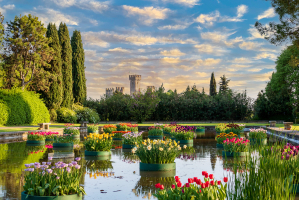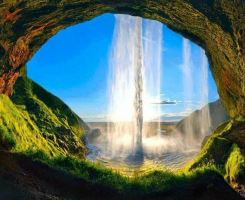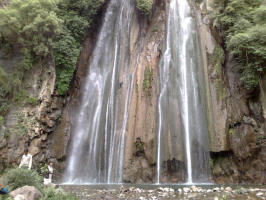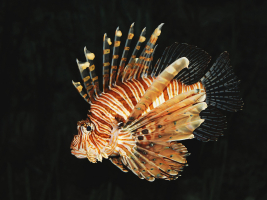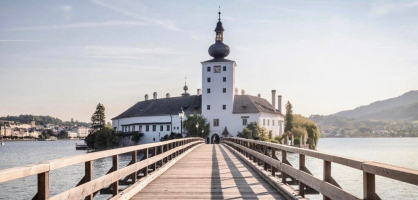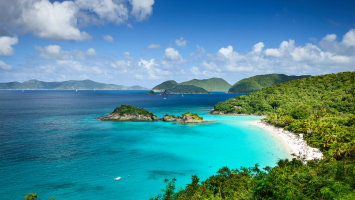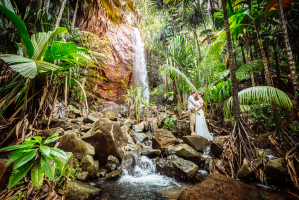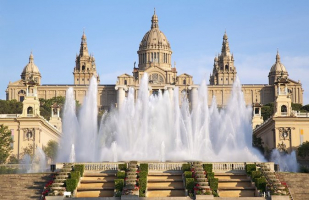Top 10 Most Beautiful Gardens in Chicago
In a city such as Chicago, many individuals are overwhelmed with day-to-day hustle and bustle and don’t get a chance to escape from their busy everyday lives. ... read more...Luckily, Chicago has a vast variety of areas where individuals can take a moment to stop and recharge their minds. Toplist has compiled a rundown of the most beautiful gardens in Chicago.
-
The Chicago Botanic Garden opened about 50 years ago as a beautiful place to visit, and it has matured into one of the world’s great horticultural display gardens and living museums. In 2014, over one million people visited the garden’s 28 gardens and four natural areas, uniquely situated on 385 acres on and around nine islands.
The permanent plant collection contains about 2.6 million plants of 9,700 taxa. The Chicago Botanic Garden, with event sites nestled amid enchanting gardens, peaceful lakes, and native woodlands, is a spectacular sight for a special event. Indoors and out, you’ll find a host of settings to choose from—all featuring wonderful vistas of winter, spring, summer, and fall. The Garden blends uncommon natural beauty with the finest amenities and service. You can trust the attention to detail.
The Chicago Botanic Garden has over 50,000 members—one of the largest memberships of any U.S. botanic garden. The Garden is known for its innovative education and plant conservation science programs. It is one of only 17 public gardens accredited by the American Association of Museums.The Lenhardt Library at the garden contains 110,000 volumes—including one of the nation’s best collections of rare botanical books. Climb a waterfall garden, discover hidden rooms inside an English Walled Garden, cross bridges spanning sparkling lakes, a Japanese Garden and discover a garden with trains chugging across bridges and trestles. Enjoy seasonal festivals, tours by train or on foot, art exhibitions, and lots of ways for families to learn about the wonders of nature.
DETAILED INFORMATION:
- Location: 1000 Lake Cook Rd, Glencoe, IL 60022, USA
- Website: https://www.chicagobotanic.org/
- Tel: 847-835-5440
- Hour: 08:00 AM - 20:00 PM
- Area: 385 acres
- Tripadvisor Rating: 5/5
- Ticket Price: $9.95 to $25.95 per person
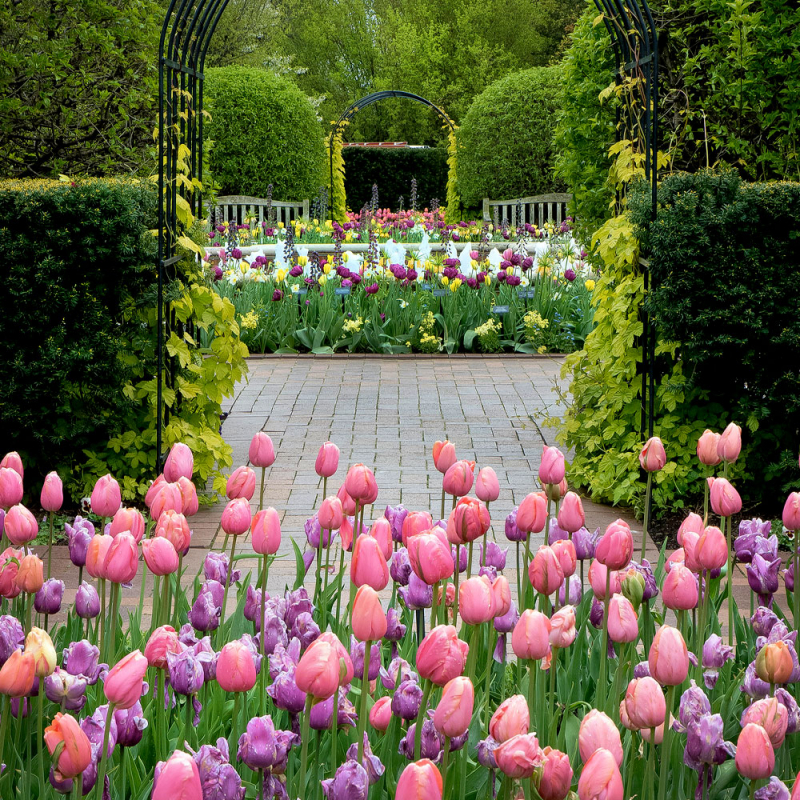
chicagobotanic.org 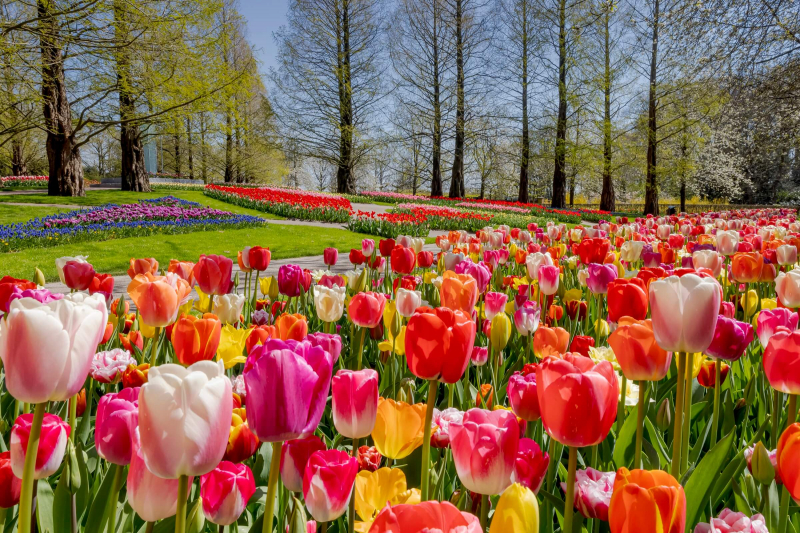
chasingdaisiesblog.com -
Alfred Caldwell Lily Pool ranks 2nd on the list of most beautiful gardens in Chicago. The Alfred Caldwell Lily Pool, also known as Lincoln Park Lily Pool, is an essential example of Prairie School landscape architecture designed by Alfred Caldwell and located at 125 W. Fullerton Parkway in Lincoln Park, Chicago, Illinois. Alfred Caldwell quietly created landscapes rivaling those of his famous mentor Jens Jensen.
It is as peaceful as it is beautiful and includes an open courtyard with symmetrically placed trees surrounding it. The garden has a fantastically soothing ambiance, no matter the weather. The Alfred Caldwell Lily Pool at Chicago’s Lincoln Park has been named a National Historic Landmark, making it one of fewer than 50 landscapes to receive the nation’s highest honor for historic properties.
Designed in the 1930s as a sanctuary from what Caldwell called Megalopolis, the lily pool was intended to evoke a Midwestern prairie river. It included stonework, a pavilion, a waterfall, a council ring, and native plantings. Sadly, in subsequent years it fell into ruin.Though a 1993 restoration stalled, at the turn of the century the garden underwent an exhaustive $2.5 million effort led by Chicago Park District and Lincoln Park Conservancy. Today, the Alfred Caldwell Lily Pool is a haven for wildlife, providing food, water, and shelter for many species of birds, dragonflies, butterflies, frogs, and turtles. It is especially popular with birders because it provides ideal viewing opportunities from pathways above the water.
DETAILED INFORMATION:
- Location: 125 W Fullerton Pkwy, Chicago, IL 60614, USA
- Website: https://www.lincolnparkconservancy.org/projects/alfred-caldwell-lily-pool/
- Facebook: https://www.facebook.com/Alfred-Caldwell-Lily-Pool-122903687784728/
- Tel: 773-883-7275
- Hour: 07:30 AM - 19:00 PM
- Area: 1 hectare
- Google Rating: 4.8/5
- Ticket Price: $350 (Ceremony)
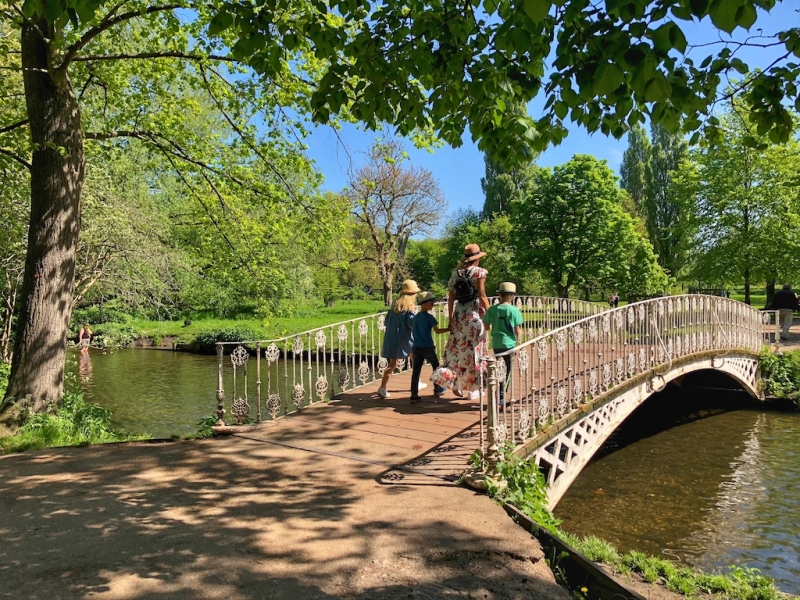
ladywimbledon.com 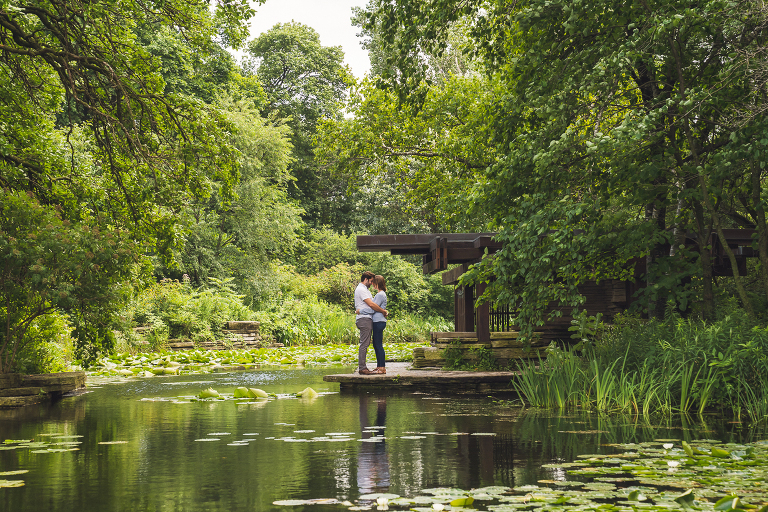
herecomestheguide.com -
Located on the south side of the Art Institute of Chicago along Michigan Avenue, The Art Institute of Chicago South Garden is one of the Best tourist destinations in Chicago. It is as peaceful as it is beautiful and includes an open courtyard with symmetrically placed trees surrounding it. The garden has a fantastically soothing ambiance, no matter what the weather may be.
The Chicago Art Institute has two modern gardens. The Institute itself, built in conjunction with the World's Columbian Exposition of 1893, is Beaux-Arts. The South Garden, built in 1962 was designed by the master landscape architect Dan Kiley and is perhaps his most important public project. It has a pattern of silver granite planters, with hawthorns, in orange gravel. The North Garden was designed, as a sculpture court, by the landscape architect Laurie Olin.
This intimately scaled garden, built atop a parking garage on the south side of the Art Institute of Chicago, opens onto Michigan Avenue. Designed and constructed between 1962 and 1967, the garden is one of Dan Kiley’s best-preserved commissions from the period. The design is simple in composition and material. Moving inward from the avenue, two generous raised beds are planted with three staggered rows of honey locust trees that shade privet, ground cover, and flowering bulbs.
The central plaza space is recessed 18” and is bisected by a rectangular pool that terminates at the Fountain of the Great Lakes, a sculptural fountain by Lorado Taft created in 1913. On either side of the pool raised planters containing a gridded bosque of cockspur hawthorn trees provide places to sit. Each planter is situated 20 feet in the center and is under-planted with ground cover and herbaceous plants for color in the summer months. The low branching of the trees creates a canopy over the entire plaza. Along the rear of the space, honey locust trees and flowering shrubs frame the Taft fountain.
DETAILED INFORMATION:
- Location: South Garden, 111 South Michigan Avenue, Chicago, IL, USA
- Website: https://www.tclf.org/landscapes/art-institute-chicago-south-garden
- Tel: 312 443 3600
- Hour: 11:00 AM - 17:00 PM
- Google Rating: 4.8/5
- Ticket Price: $14 to $25 per person
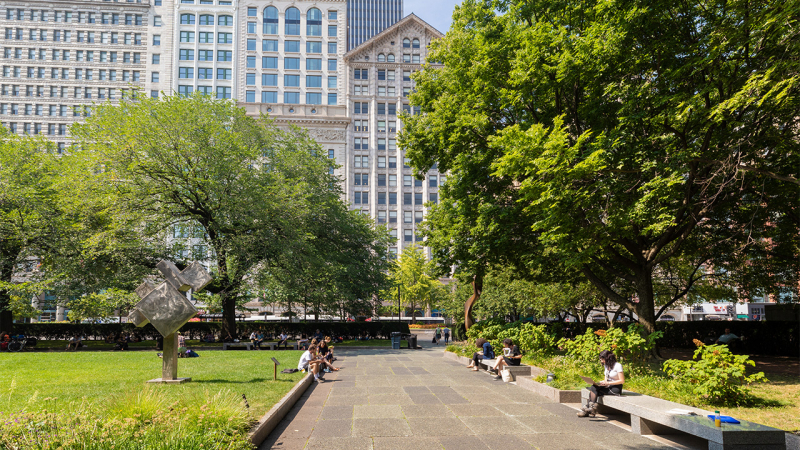
saic.edu 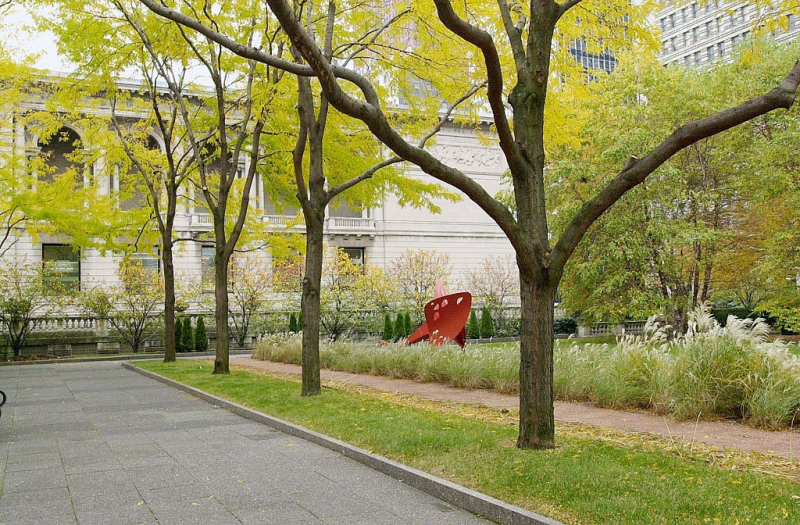
.gardenvisit.com -
Lurie Garden is a 2.5-acre (10,000 m2) garden located at the southern end of Millennium Park in the Loop area of Chicago in Cook County, Illinois, United States. Located at the south end of Millennium Park, the Lurie Garden was designed to evoke nature's beauty during all four seasons.
Come by in the spring for a mind-bending array of tulips and delicate anemones; in the summer and fall for butterflies drifting among bee balm and calamint, and in winter to watch snow and ice interact with the dormant plants. Chicago literature enthusiasts will also appreciate the 15-foot hedges ringing the garden's perimeters, a shoulder-like allusion to Carl Sandburg's poem "Chicago."
Lurie Garden is a combination of perennials, bulbs, grasses, shrubs, and trees. It is the featured nature component of the world's largest green roof. The garden cost $13.2 million and has a $10 million endowment for maintenance and upkeep. It was named after Ann Lurie, who donated the $10 million endowments.
For visitors, the garden features guided walks, lectures, interactive demonstrations, family festivals, and picnics. The Lurie Garden comprises two "plates" protected on two sides by large hedges. The dark plate depicts Chicago's history by presenting shade-loving plant material. The dark plate has a combination of trees that will provide a shade canopy for these plants when they fill in. The light plate, which includes no trees, represents the city's future with sun-loving perennials that thrive in the heat and the sun.
DETAILED INFORMATION:
- Location: 220 E. Monroe St Chicago, IL 60601, USA
- Website: https://www.luriegarden.org/
- Tel: 312-228-1004
- Hour: 8:00 AM - 21:00 PM
- Area: 2.5 acres
- Google Rating: 4.8/5
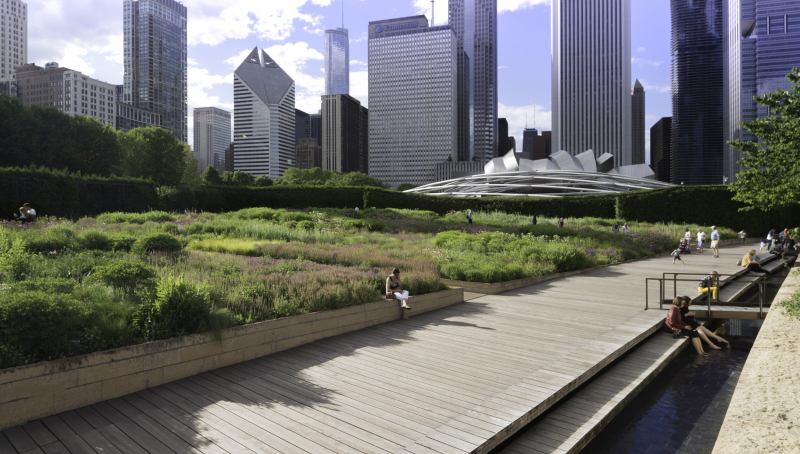
ggnltd.com 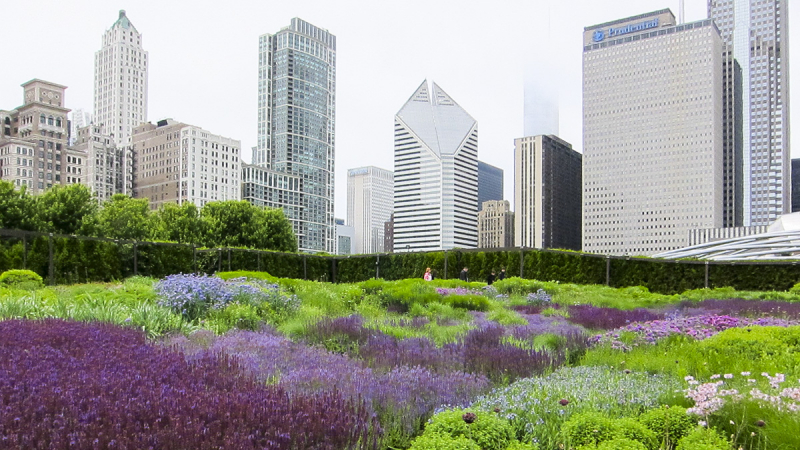
tclf.org -
The Garden of the Phoenix ranks 5th on the list of most beautiful gardens in Chicago. It was established on March 31, 1893, by the United States and Japan as a symbol of their friendship, and as a permanent place for visitors to learn about Japan and experience Japanese culture. Over the past 120 years, the site has endured the highs and lows of their relationship, and today, it is one of the most important sites in America reflecting the U.S - Japan relations.
The Garden of the Phoenix Foundation is working today to ensure that the Garden of the Phoenix is ready for the opening of the Obama Presidential Center in 2025. The Foundation’s work includes providing support for the completion of the framework plan and its various education, revitalization, and sustainability projects.
There are stone paths at either end of the bridge, leading visitors along the edge of the water, up a little hill and around the temple, behind the waterfall, and in and out of a copse of Japanese maples. There are actually maples all over, dropping paper-thin, bloodred stars on the grass and the path stones in autumn. As World War II dawned, the Garden of the Phoenix felt its impact alongside the rest of the homefront.
The garden was then being cared for by the half-Japanese, half-French Canadian Osato family, who operated a teahouse on the site. Go to the garden one of these days. See a pair of mallards bob by; scan for herons roosting on the far side of the lagoon. Cross the footbridge by slipping a bright red maple leaf in your pocket to keep you company during the snowy months ahead. In addition to its collections, the conservatory grows about 20,000 bedding plants annually for planting in public parks and sites throughout Oak Park.
DETAILED INFORMATION:
- Location: 6300 S Cornell Ave, Chicago, IL 60637, USA
- Website: https://www.gardenofthephoenix.org/
- Tel: 773-256-0903
- Hour: 06:00 AM - 23:00 PM
- Area: 55 acres
- Google Rating: 4.8/5
- Ticket Price: $8 to $10 per person

tripadvisor.com 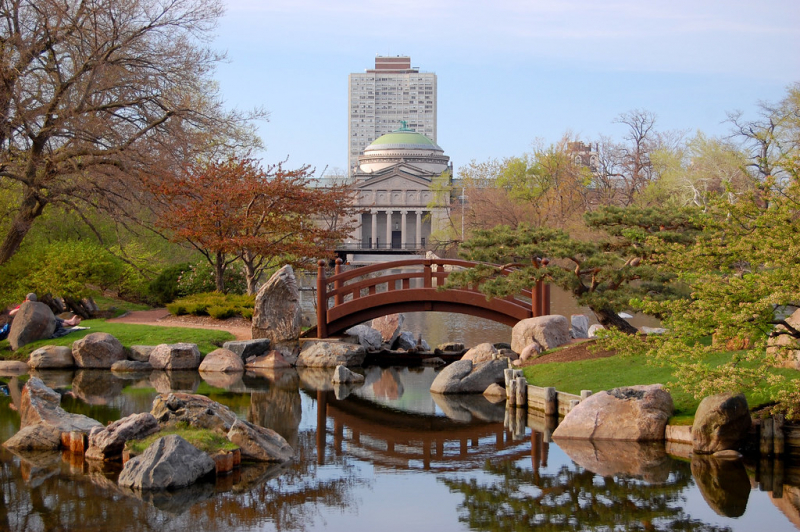
flickr.com -
Garfield Park Conservatory ranks 6th on the list of most beautiful gardens in Chicago. It goes without saying that the indoor greenhouse rooms at Garfield Park Conservatory are pretty spectacular. This garden is one of the largest and most stunning botanical conservatories in the nation. Come summer, though, you can't beat its 10 acres of outdoor garden area, which features a kid-friendly sensory garden, onyx-colored lily pools, and an artist's garden replete with the favorite flowers of famous painters. Plan to come for an entire afternoon to make sure you see all the highlights.
Garfield Park Conservatory is a tropical paradise. You almost feel as though you’ve been transported to a vivid, green rainforest away from the hustle and bustle of Chicago. The stages and installations change frequently, so you can visit again and again. In the late 19th century, each of the three large West Side parks had its own small conservatory and propagation greenhouses.After 20 years of use, these conservatories had fallen into a state of disrepair and had become obsolete. In 1905, Chicago's West Park Commission's general superintendent and chief landscape architect, Jens Jensen, demolished the three smaller greenhouses in Humboldt, Douglass, and Garfield parks to create what was intended as "the largest publicly owned conservatory under one roof in the world" in Garfield Park.
Many of the original plantings came from the three smaller Westside conservatories. Constructed between 1906 and 1907, the Garfield Park Conservatory was designed by Jensen in collaboration with Prairie School architects Schmidt, Garden, and Martin and the New York engineering firm of Hitchings and Company. It represents a unique collaboration of architects, engineers, landscape architects, sculptors, and artisans.
DETAILED INFORMATION:
- Location: 300 N Central Park Ave, Chicago, IL 60624, USA
- Website: https://garfieldconservatory.org/
- Tel: 773-638-1766
- Hour: 10:00 AM - 20:00 PM
- Area: 4.5 acres
- Google Rating: 4.8/5
- Ticket Price: $5 per person
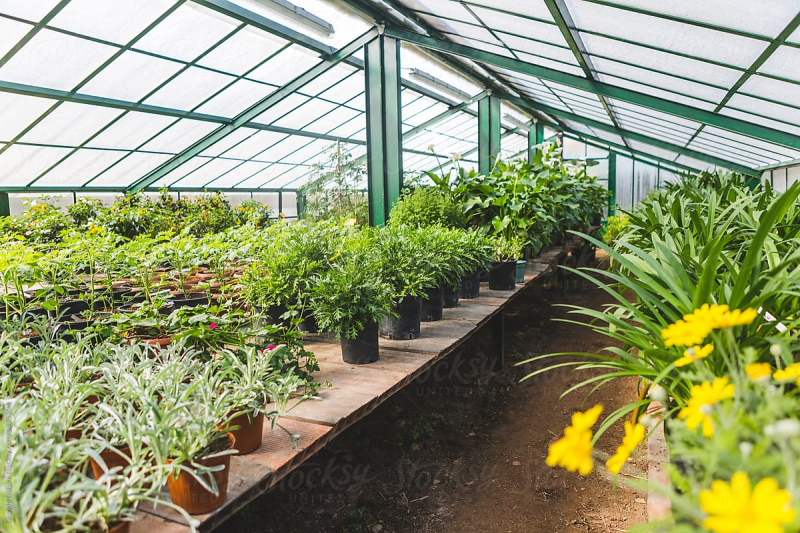
stocksy.com 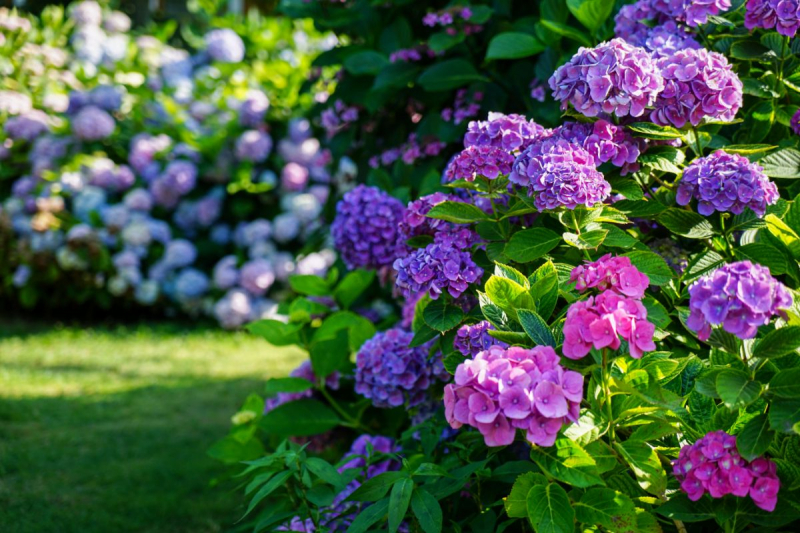
gardening.org -
Completed in 1996 and designed to be a celebration of life and hope, the Cancer Survivors’ Garden is one of the most peaceful places in the city area. With views over Lake Michigan, many visit the park for a quick break from their everyday hurry or to recharge and reflect. On the north end, two forty-foot-tall granite columns flank a large open metal pavilion, and flowers line this area in the spring and summer.
The garden was designed to be a celebration of life and give hope in the midst of a memorable garden setting. The contemplative garden design represents a metaphorical process of recognition and self-knowledge that is crucial to healing. The three main garden rooms represent the three main states of healing: acceptance, support, and celebration.
Today, the Cancer Survivors’ Garden is a popular location for weddings and other special events. Venture into Maggie Daley Park and head east to discover the Cancer Survivors' Garden, a lovely 2.25-acre green space that serves as a celebration of life and tribute to those who have battled cancer. You'll find plenty of flowers within its quiet confines, but the real star of the garden is an open metal pavilion flanked by two 40-foot granite columns, which were salvaged from Chicago's 1905 Federal Building.
Amble in and grab a seat at a park bench for incredible views of Lake Michigan and the Field Museum. Richard and Annette’s Cancer foundation originally funded the park, but throughout recent years it has struggled to find funding. Before the creation of Maggie Daley Park, the park struggled with theft and lack of proper plant maintenance. By 2012, private funds for the garden were dwindling and the Park District lacked funds for costly maintenance.
DETAILED INFORMATION:
- Location: 337 E Randolph St, Chicago, IL 60601, USA
- Website: https://maggiedaleypark.com/things-to-do-see/cancer-survivors-garden/
- Tel: 312-552-3000
- Hour: 06:00 AM - 23:00 PM
- Area: 2.25 acres
- Google Rating: 4.7/5
- Ticket Price: $500 (Ceremony)
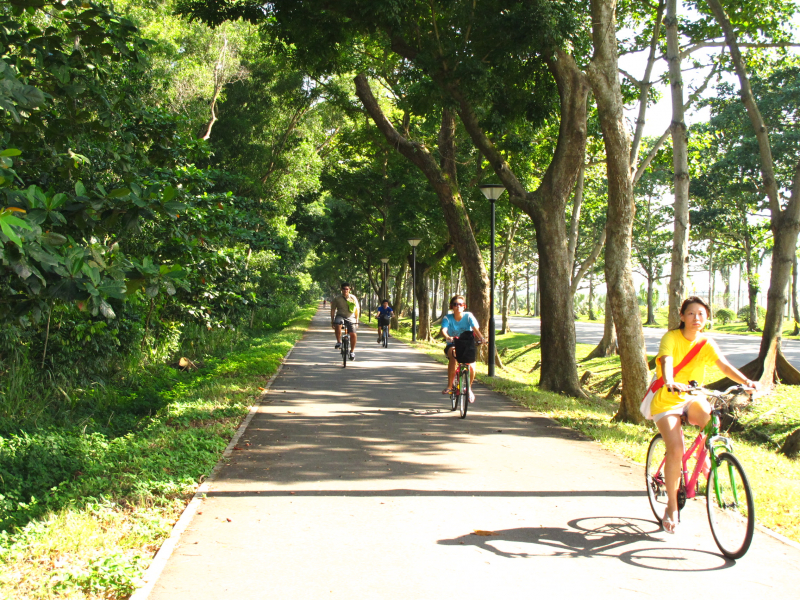
nparks.gov.sg 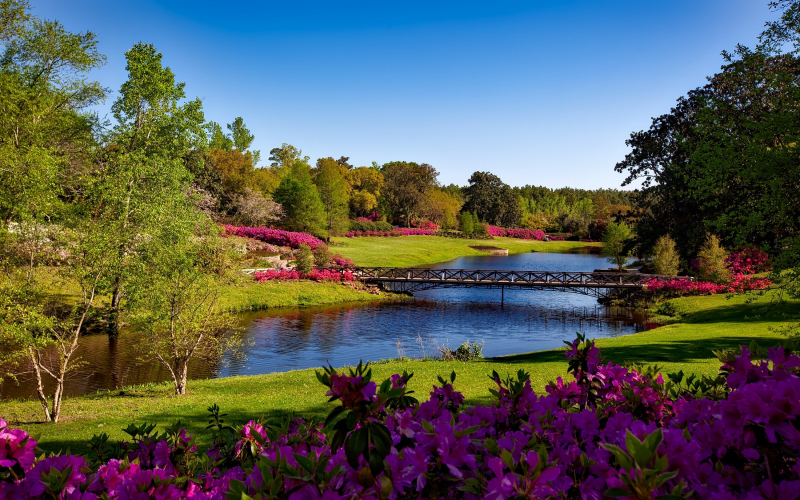
pexels.com -
Oak Park Conservatory ranks 8th on the list of most beautiful gardens in Chicago. Hop on the Blue Line to check out this verdant conservatory in near-suburban Oak Park, where you can ogle everything from the sun-loving plants of the Mediterranean (lavender, rosemary, common sage) to the lush flora of the tropics (banana and papaya trees, white bird of paradise and much more).
The conservatory's three indoor rooms offer a year-round dose of greenery; in the warmer months, relax among perennials and a tinkling water feature at the outdoor Herbert M. Rubinstein Memorial Garden, or take the little ones to the interactive Elsie Jacobsen Discovery Garden, where visitors are invited to play among and touch the plants.
The conservatory started in 1914, as a community effort to house exotic plants collected during residents' travels. Today's Edwardian-style glass structure was built in 1929 but fell into neglect until 1970 when a group of concerned citizens preserved it. Debate in the community had some suggesting the site would make "a perfect parking lot", but the volunteer actions of the Citizens Committee for the Conservatory saved it from that fate.
In addition to its role in supplying plants throughout the parks of Oak Park, the Conservatory's role was expanded to be a place to educate school children and gardeners. The Conservatory collection includes agave Americana, commonly known as the century plant for the long decades until it blooms.
Twice since 1980, a plant shot up its flower stalk taller than the greenhouse roof, so the glass was removed. The plant in bloom is visible to traffic on nearby roads. In 2013, the bloom time was cut short by a severe storm, cutting the 6 inches diameter stem at the roofline.
DETAILED INFORMATION:
- Location: 615 Garfield St, Oak Park, IL 60304, USA
- Website: https://pdop.org/oakparkconservatory/
- Tel: 708-725-2400
- Hour: 10:00 AM - 16:00 PM
- Area: 8,094 m²
- Google Rating: 4.7/5
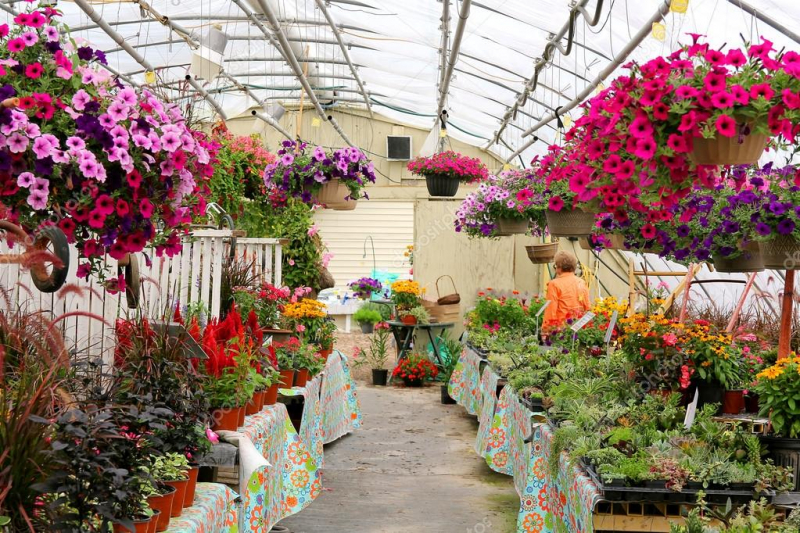
fr.depositphotos.com 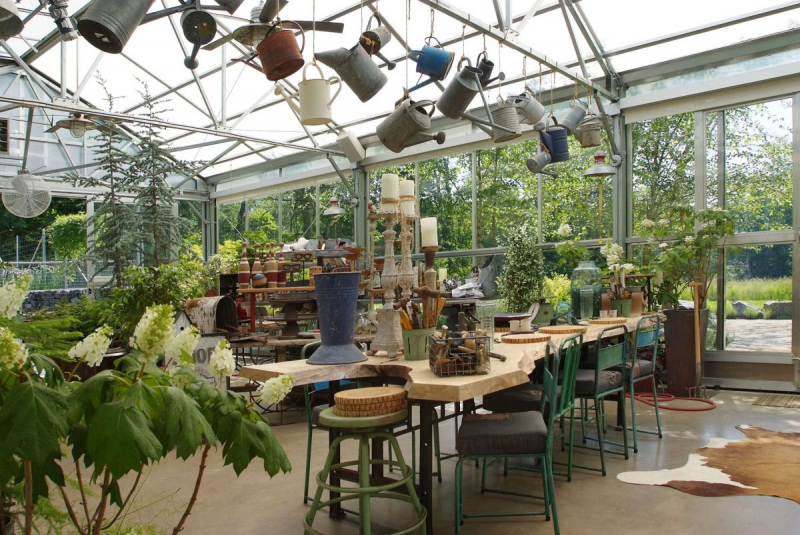
pinterest.com -
One of the most beautiful gardens in Chicago is Chicago Women’s Park and Gardens. Located in the Near South Side community, locally known as the South Loop, Chicago Women’s Park & Gardens totals 3.23 acres and formerly housed the Vietnam Veterans Museum.
Opened to the public in 2000, Chicago Women’s Park and Gardens honors women's contributions to the city throughout its history and provides a quiet respite for the community. View the Chicago Women's Park & Gardens brochure celebrating many of these women.
Park-goers visit Chicago Women's Park and Gardens to enjoy programs and fitness opportunities, including Mom, Pop, and Tot classes, bridge tournaments, and yoga. Youth attend the Park District’s popular six-week day camp in the summer.Specialty camps are also offered, including preschool activities. In addition to programs, Chicago Women’s Park hosts fun special events throughout the year for the whole family, including movies, concerts, and other Night Out in the Parks events. The landscape architect Mimi McKay joined forces with the architect Tanny's Langdon to work on the park, which was initially to be titled the Hillary Rodham Clinton Women’s Park and Gardens, in honor of the Park Ridge native.
Opened as a park in 2000, it contains a field house, garden, and landscaped grounds, including an impressive fountain and a sculpture by Louise Bourgeois that was moved there from the lakefront in 2011. Glessner House, now a museum, was targeted for demolition in the 1960s, but a group of architects and citizens that later founded the Chicago Architecture Foundation banded together to preserve the home—the beginning of the historic preservation movement in Chicago.
DETAILED INFORMATION:
- Location: 1801 S Indiana Ave, Chicago, IL 60616, USA
- Website: https://www.chicagoparkdistrict.com/parks-facilities/chicago-womens-park-and-gardens
- Facebook: https://www.facebook.com/chicagowomenspark/
- Tel: 312-328-0821
- Hour: 06:00 AM - 23:00 PM
- Area: 3.23 acres
- Google Rating: 4.7/5
- Ticket Price: $150 to $300 per person
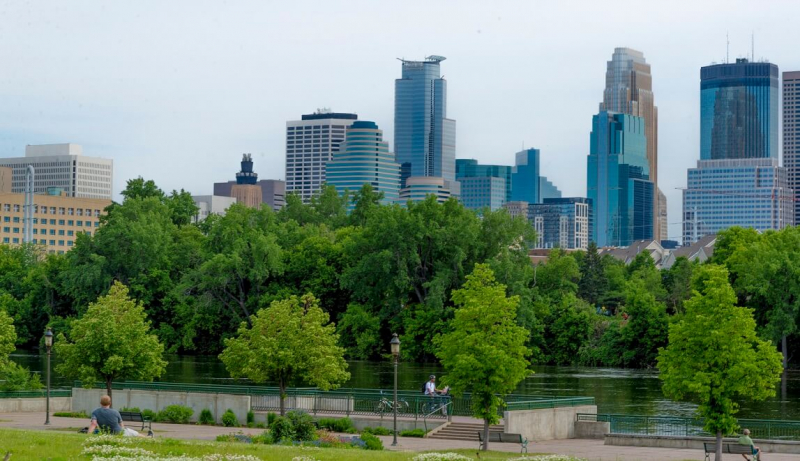
minneapolisparks.org 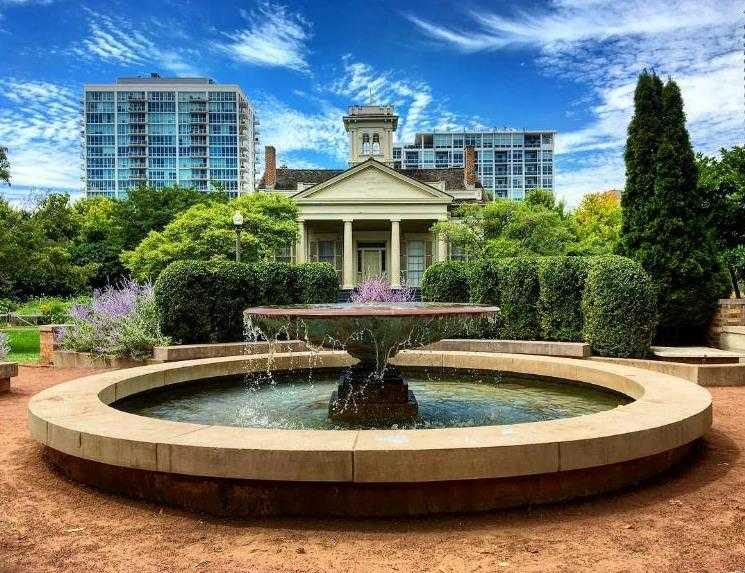
holidify.com -
Grant Park Rose Garden ranks 10th on the list of most beautiful gardens in Chicago. You will find a beautiful Rose Garden hidden away within the sprawling urban Grant Park. This ‘park within a park’ is the perfect spot to get away.
Most attractive in summer when the roses bloom, it also lies close to the picturesque Buckingham Fountain. An ever-popular destination for wedding photos, this picturesque garden is lined with rows of pillowy roses and hedges backgrounded by the skyline, like a mini English estate transported right into downtown Chicago.
Nestled within Chicago’s “front yard”, Grant Park, the North Rose Garden at Buckingham features a romantic fountain along with award-winning rose gardens and lush greenery. Experience its serene natural beauty where breathtaking natural landscapes and grand historic buildings are stunning backdrops for your wedding day.
Host the elegant ceremony underneath a charming white gazebo next to the historic Buckingham Fountain, one of the world’s largest and most celebrated fountains. The ethereal setting will enchant Family and friends, which provides magnificent backdrops of the city skyline and Lake Michigan.
After dusk, this historic spot is transformed into a mystical, moonlit wonderland, perfect for enjoying delicious cocktails and dinner, as well as dancing the night away! Whether you seek a venue that is elegant, relaxed, historic, modern, or traditional, you will find it at North Rose Garden.
DETAILED INFORMATION:
- Location: Buckingham Fountain, 301 South Columbus Drive, Chicago, IL, USA
- Website: https://www.chicagoparkdistrict.com/parks-facilities/chicago-womens-park-and-gardens
- Tel: 312 742 7529
- Hour: 06:00 AM : 23:00 PM
- Area: 129 hectares
- Google Rating: 4.7/5
- Ticket Price: $150 to $300 per person
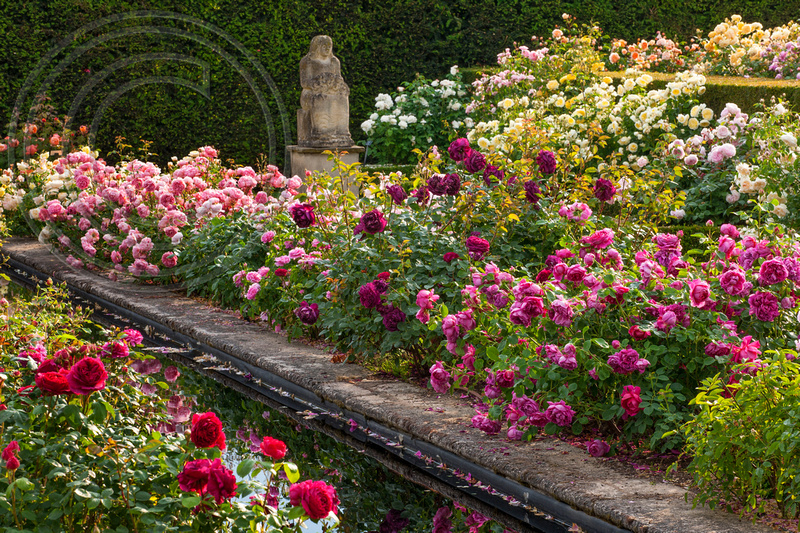
jackyhobbs.com 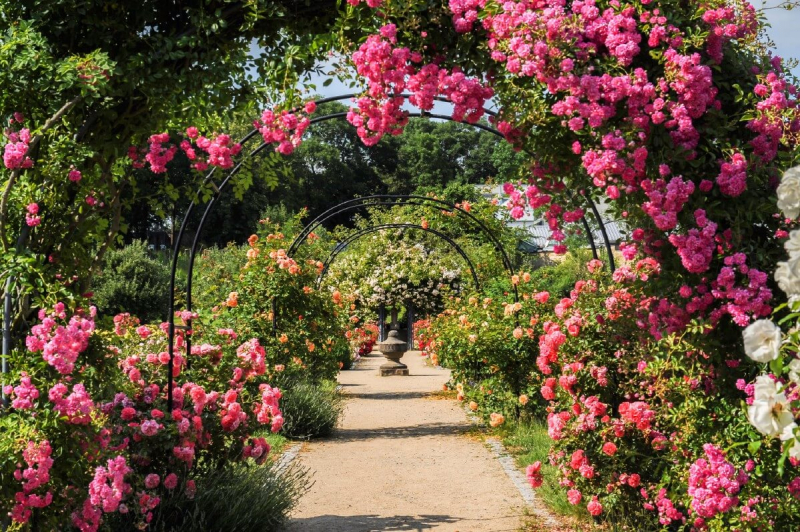
gardening.org












